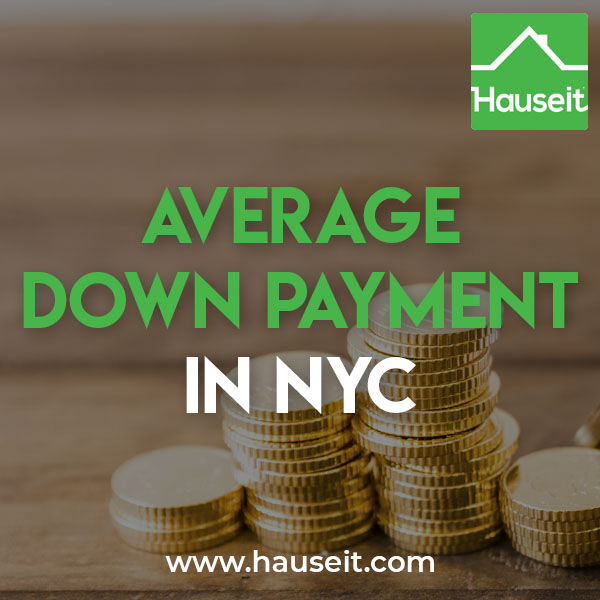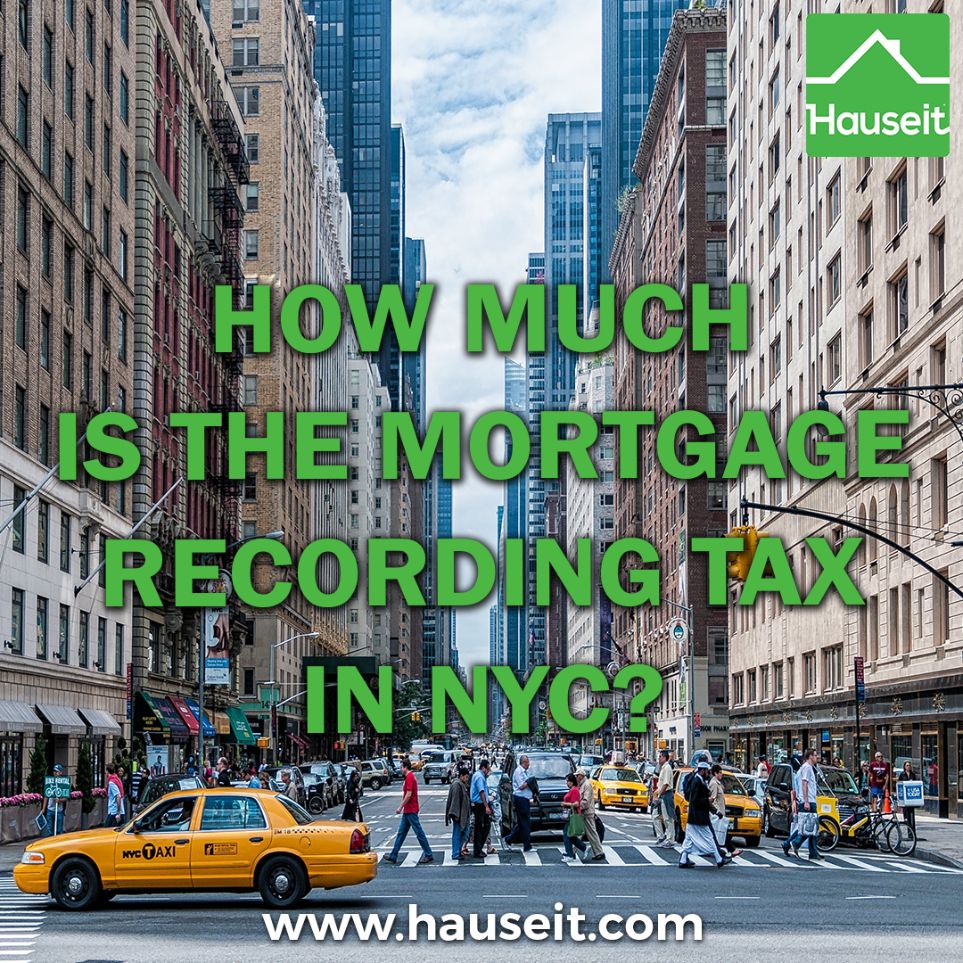Cap Rate Calculator
Purchase Price
Closing Costs
Renovation Costs
Monthly Rental Income
Annual Expenses
Property Taxes
Property Insurance
Common Charges or HoA Fees
Maintenance and Repairs
Utility Bills & Other Expenses
Property Management Fee (%)
Vacancy Rate (%)
Monthly Rental Income
Annual Expenses
Property Insurance
Maintenance and Repairs
Utility Bills & Other Expenses
Property Management Fee (%)
Vacancy Rate (%)
Cap Rate Calculator Returns
Annual Net Operating Income
Monthly Net Operating Income
Cost Basis
Cap Rate (%)










